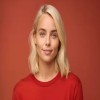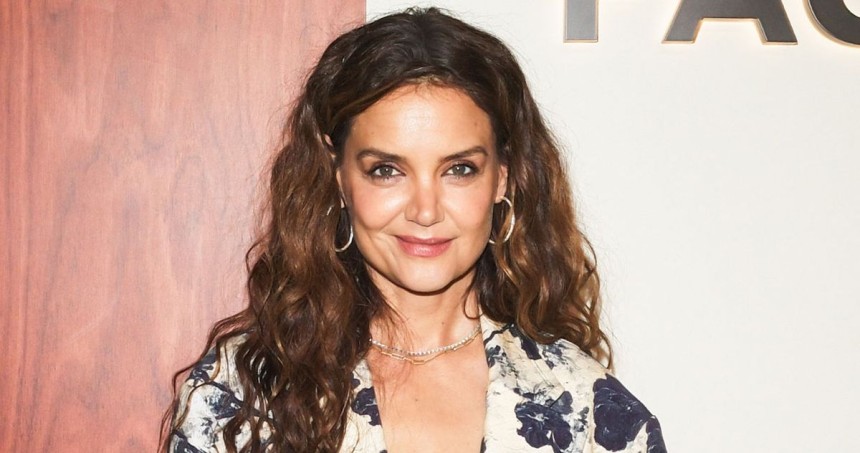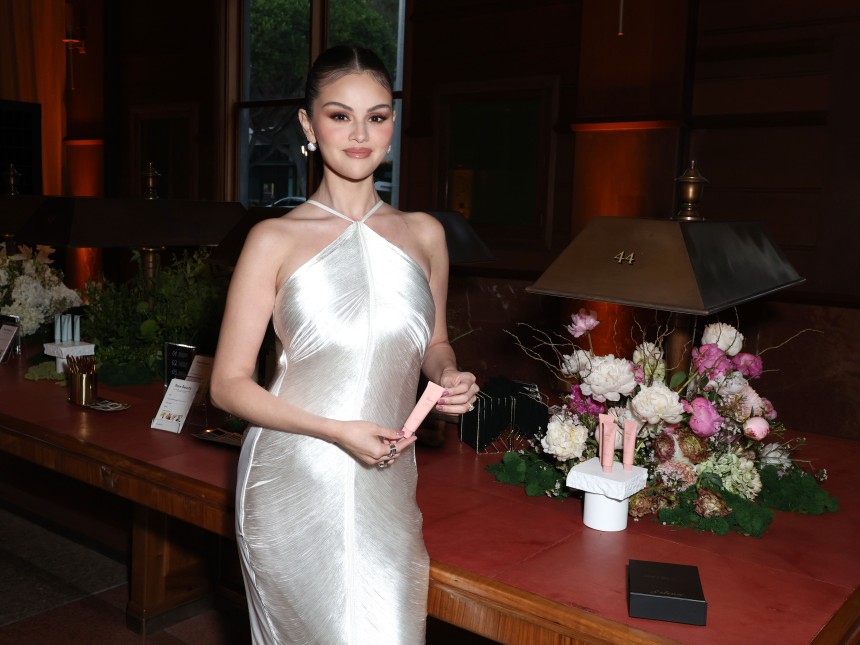
Why Women With Cancer Are Suing Big Beauty Brands
Women battling cancer are taking legal action against major beauty brands over concerns about harmful ingredients in cosmetics. This article investigates the reasons behind these lawsuits, including claims of unsafe ingredients and lack of transparency. Explore how these legal battles are pushing for greater accountability and change within the beauty industry, and the potential implications for both consumers and brands.
Introduction
Recent legal actions against major beauty brands have brought to light serious allegations from women with cancer, who claim that harmful ingredients in beauty products may have contributed to their health issues. These lawsuits have sparked widespread debate about product safety and regulatory oversight in the beauty industry. This article explores why women with cancer are suing big beauty brands, examining the key issues at stake and the potential consequences for the industry.
Background on the Lawsuits
Summary of the Lawsuits Filed
In recent years, several high-profile lawsuits have been filed against beauty brands, spotlighting legal and ethical concerns within the industry. These lawsuits typically involve claims related to product safety, misleading marketing practices, and intellectual property disputes.
- Product Safety and Health Concerns:
- Case Summary: Multiple lawsuits have been filed alleging that certain beauty products cause adverse health effects due to harmful ingredients or inadequate safety testing. These cases often involve products such as skincare creams, hair dyes, and cosmetics. Plaintiffs claim that the products led to severe skin reactions, allergies, or other health issues that were not adequately disclosed by the manufacturers.
- Examples: In some instances, products containing high levels of toxic substances like parabens or heavy metals have faced legal action. For example, a major lawsuit involved a popular hair dye brand accused of causing severe scalp burns and long-term health issues.
- Misleading Marketing and False Claims:
- Case Summary: Several lawsuits have been filed against beauty brands for false advertising or misleading claims regarding the efficacy of their products. These cases usually allege that the brands made exaggerated or unsubstantiated claims about their products' ability to deliver specific results, such as anti-aging or acne treatment benefits.
- Examples: One notable case involved a skincare brand accused of falsely advertising its product as "clinically proven" to reduce wrinkles, without providing verifiable scientific evidence to support the claim.
- Intellectual Property Disputes:
- Case Summary: Intellectual property lawsuits in the beauty industry often involve allegations of patent infringement, trademark violations, or trade secret theft. These cases may arise when one company believes another has copied their proprietary formulations, packaging designs, or brand names.
- Examples: A prominent lawsuit saw a major cosmetics company suing a competitor for allegedly copying patented formulations and packaging designs, claiming it violated intellectual property rights and caused brand confusion.

Key Allegations Against Beauty Brands
Harmful Ingredients and Safety Testing:
- Allegations: Lawsuits have frequently alleged that beauty brands used harmful ingredients in their products without proper safety testing or adequate warnings. Plaintiffs argue that the products contained potentially dangerous chemicals, such as parabens, sulfates, or formaldehyde, which were not disclosed on the product labels.
- Examples: Cases have included allegations that certain skincare products caused severe skin burns or allergic reactions due to undisclosed or harmful ingredients. In some instances, regulatory bodies have been involved in investigating these claims.
False Advertising and Misleading Claims:
- Allegations: Beauty brands have faced allegations of making false or misleading claims about their products' efficacy, often promoting benefits that the products do not deliver. This includes exaggerated promises of anti-aging effects, acne treatment, or other health benefits.
- Examples: A notable case involved a company accused of falsely advertising its anti-aging cream as "scientifically proven" to reverse wrinkles, despite lacking credible scientific studies to back the claim.
Intellectual Property Theft:
- Allegations: Intellectual property disputes often center around claims that a beauty brand has infringed on another company's patents, trademarks, or trade secrets. This can involve copying formulations, packaging designs, or brand names.
- Examples: One high-profile case involved a well-known beauty brand suing a competitor for allegedly using a similar packaging design that violated trademark rights and misled consumers.
Unethical Marketing Practices:
- Allegations: Some lawsuits have targeted beauty brands for unethical marketing practices, including the use of deceptive advertising tactics or false endorsements. These cases typically involve claims that the brand misrepresented the endorsement of celebrities or used fake testimonials to promote their products.
- Examples: A lawsuit accused a beauty company of fabricating celebrity endorsements and fake customer reviews to boost product sales, leading to accusations of deceptive marketing practices.

Ingredients Under Scrutiny
Common Harmful Ingredients Alleged in Lawsuits
Parabens:
- Description: Parabens are a group of synthetic preservatives commonly used in beauty and personal care products to prevent microbial growth and extend shelf life. They are found in a wide range of products, including shampoos, lotions, and makeup.
- Legal Issues: Parabens have been at the center of numerous lawsuits due to concerns about their potential health risks. Plaintiffs allege that parabens can disrupt endocrine function by mimicking estrogen, potentially leading to hormonal imbalances.
Phthalates:
- Description: Phthalates are a group of chemicals used to make plastics more flexible and are also used in beauty products as solvents or to enhance fragrance. Common phthalates include dibutyl phthalate (DBP) and diethyl phthalate (DEP).
- Legal Issues: Lawsuits involving phthalates often center on claims that these chemicals are linked to reproductive toxicity and developmental issues. Phthalates are alleged to disrupt hormone systems, potentially affecting fertility and fetal development.
Formaldehyde and Formaldehyde-Releasing Agents:
- Description: Formaldehyde is a potent preservative and disinfectant used in some beauty products, particularly in nail polishes, hair straightening treatments, and skincare products. Formaldehyde-releasing agents like quaternium-15 and DMDM hydantoin also release formaldehyde over time.
- Legal Issues: Formaldehyde and its releasing agents have been sued for causing severe allergic reactions and respiratory problems. The ingredient is also classified as a probable human carcinogen, raising concerns about long-term exposure.
Sulfates (Sodium Lauryl Sulfate and Sodium Laureth Sulfate):
- Description: Sulfates are surfactants used in many beauty products to create foam and cleanse the skin or hair. Sodium lauryl sulfate (SLS) and sodium laureth sulfate (SLES) are the most common.
- Legal Issues: Lawsuits involving sulfates typically involve claims that these ingredients cause skin irritation, dryness, and allergic reactions. Some consumers argue that sulfates can exacerbate sensitive skin conditions, such as eczema or rosacea.

Potential Links Between These Ingredients and Cancer
Parabens:
- Cancer Risk: Parabens are suspected to be linked to cancer due to their estrogen-mimicking properties. Studies have shown that parabens can be absorbed through the skin and may accumulate in breast tissue. While the evidence is not conclusive, some researchers suggest that parabens could contribute to breast cancer development by disrupting hormonal balance.
Phthalates:
- Cancer Risk: The potential link between phthalates and cancer is still under investigation. Some studies suggest that phthalates may have carcinogenic effects due to their impact on hormone regulation. While there is no definitive evidence directly linking phthalates to cancer, their endocrine-disrupting properties raise concerns about their long-term health effects.
Formaldehyde and Formaldehyde-Releasing Agents:
- Cancer Risk: Formaldehyde is classified as a probable human carcinogen by the International Agency for Research on Cancer (IARC). Chronic exposure to formaldehyde has been linked to an increased risk of cancers such as leukemia and nasopharyngeal cancer. Lawsuits often cite these cancer risks as a significant concern related to formaldehyde-containing products.
Sulfates (Sodium Lauryl Sulfate and Sodium Laureth Sulfate):
- Cancer Risk: Current research does not definitively link sulfates to cancer. However, sulfates can cause skin irritation and dryness, which may indirectly affect overall skin health. Some studies have raised concerns about the potential for sulfates to interact with other ingredients in ways that could affect skin or systemic health, though direct cancer links remain unproven.
Synthetic Fragrances:
- Cancer Risk: The link between synthetic fragrances and cancer is complex due to the broad range of chemicals involved. Some chemicals used in synthetic fragrances have been associated with cancer risk, but direct evidence linking fragrances as a whole to cancer is limited. The potential for allergic reactions and long-term health effects remains a concern.
FAQs
Q: Why are women with cancer suing big beauty brands? A: Women with cancer are suing big beauty brands due to claims that certain products contain harmful chemicals linked to cancer, which they allege contributed to their diagnosis. Q: What specific issues are being raised in these lawsuits? A: The lawsuits typically allege that beauty products contain carcinogenic ingredients, such as parabens or phthalates, and that brands failed to adequately warn consumers about these risks. Q: How are beauty brands responding to these lawsuits? A: Beauty brands are responding by often denying the allegations, emphasizing their compliance with safety regulations, and sometimes reformulating products to avoid controversial ingredients. Q: What impact could these lawsuits have on the beauty industry? A: These lawsuits could lead to increased scrutiny of ingredient safety, more stringent regulations, and greater transparency from beauty brands regarding the contents of their products.
Conclusion
The legal actions taken by women with cancer against beauty brands highlight critical concerns about product safety and transparency in the beauty industry. As these lawsuits draw attention to potentially harmful ingredients and regulatory gaps, they prompt necessary discussions about consumer health and industry practices. The ongoing legal battles and their outcomes will likely drive significant changes in how beauty products are formulated and regulated, emphasizing the need for greater transparency and accountability in the industry.





